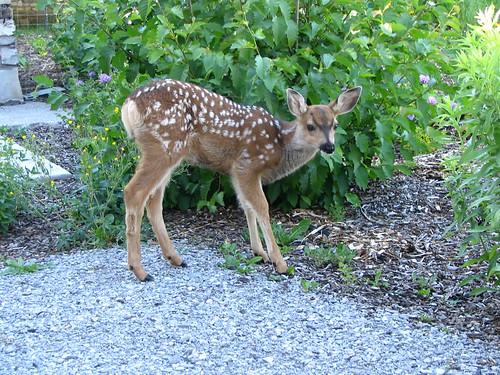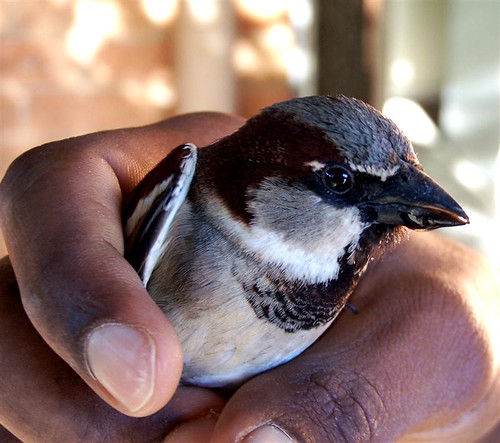The most famous resident of Okefenokee Swamp Park — an alligator that attracted the stares of tourists for decades and was featured in GPB's Original Production Swampwise— will soon be immortalized nearly a year after his death.
The skeleton of Oscar is being assembled and will be put on display like a museum dinosaur. The 14-foot, 1,000-pound alligator had roamed the swamp from the time the park opened in 1946.
As his bones show, Oscar was a tough customer, surviving a shotgun blast to the face, at least three bullet wounds, broken bones and arthritis. Gators have been known to live for decades, and by some estimates, Oscar was a particularly ancient 95 to 100 years old when he died last summer.
The display also will include what park officials found in Oscar's belly — including a plastic dog collar, a dog's tag, a penny and the top section of a flagpole.
The Okefenokee is a 438,000-acre National Wildlife Refuge in southeastern Georgia that attracts 350,000 to 400,000 visitors a year. During the first years of the park's operation, alligator wrestling was a popular attraction, park officials have said. That ended in the mid-1950s when, it is said, one of the gators rolled over on a park manager and broke the man's arm.
 Learn more about the Okefenokee Swamp by watching Georgia Outdoors: Okefenokee Canoe Trip and Georgia Outdoors: Suwanee River Watershed.
Learn more about the Okefenokee Swamp by watching Georgia Outdoors: Okefenokee Canoe Trip and Georgia Outdoors: Suwanee River Watershed.























